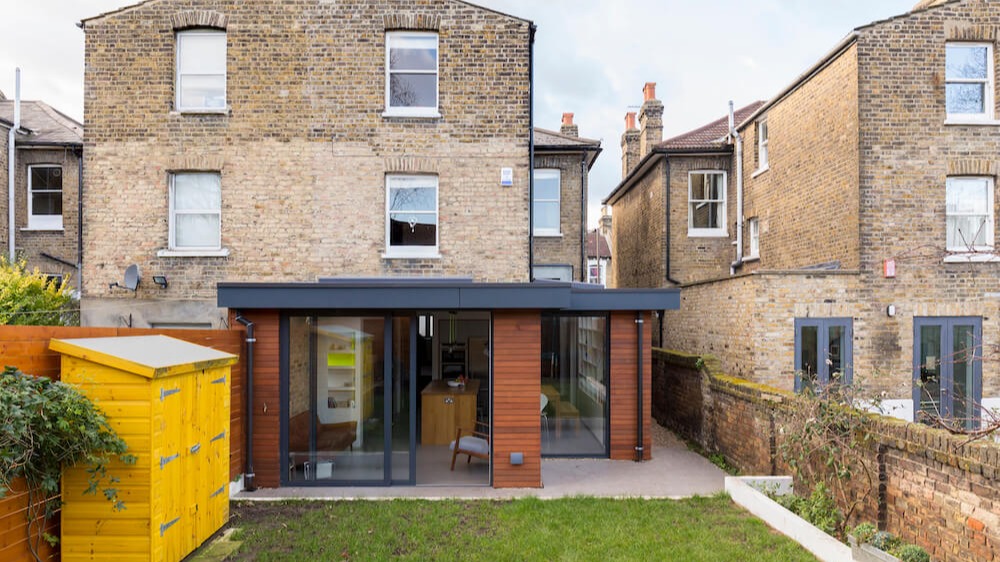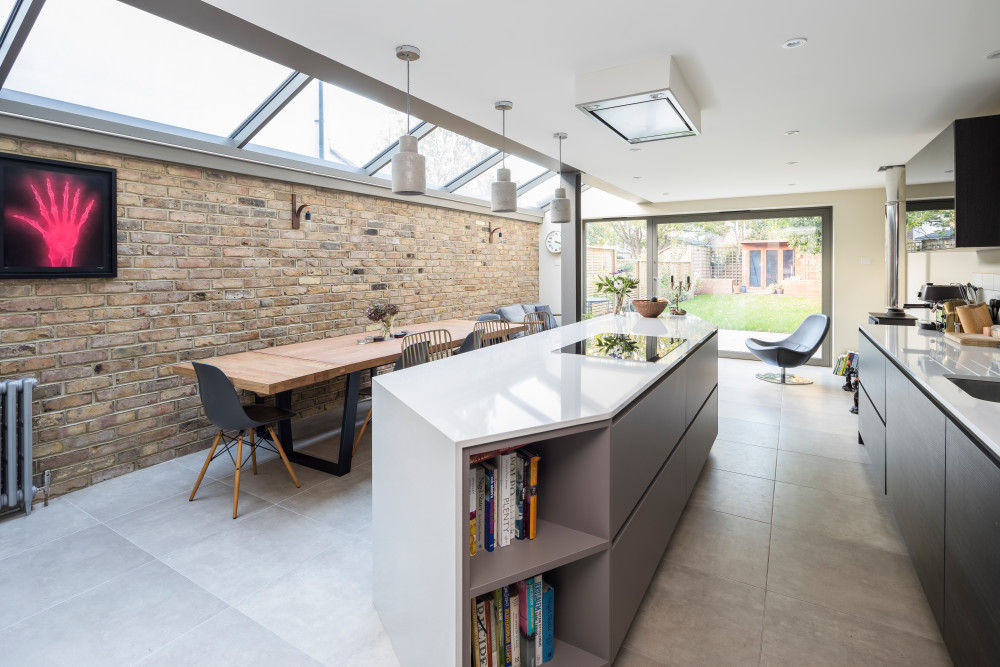
What are the rules on house extensions?
Discover the ins and outs of home extensions with this handy rulebook, providing by our team of architects and planning experts.

We won’t lie to you, there are quite a few rules when it comes to building an extension, but this doesn’t have to put you off. Like any game, once you know the rules, you’re more likely to win yourself that extension you’ve been dreaming of.
To make things easy, we’ve broken down the process into five simple rules you’ll need to consider when it comes to extending your house. They cover everything from planning permission, building regulations, to even your neighbours.
And don’t forget, if you ever feel lost in the process, you can book a call with our team for free tailored advice.
Not every home extension requires planning permission
Good news, whether you want to extend to the rear of your property, to the side, or even opt for a two-storey addition, you might not need planning permission.
The bad news? This rule won’t be applicable to every house or extension project, as there are a lot of design ins and outs you’ll need to meet.
If your extension falls under permitted development rights, you can bypass the traditional planning process and the subjective decisions that go along with it. However, this doesn’t mean you can skip your local planning authority altogether. Larger extensions can be required to seek our prior approval first and even small projects should at least secure a lawful development certificate.
What factors affect your planning options?
House type: flats, maisonettes, and listed buildings always require a full planning application
Location: homes in conservation areas can have their permitted development rights limited, while rules differ between England, Scotland, and Wales
Project size: only projects that follow height and volume requirements will qualify for permitted development rights
Project type: not all extension types fall under permitted development, notable exceptions are wraparounds and basement retrofits
Design: the permitted development route tends to be best suited to conservative designs that are in keeping with the existing house aesthetics
Learn more about permitted development rights here
All home extensions have to meet building regulations
Your project is legally required to meet building code requirements and they are pretty extensive, covering…
- Structure
- Fire Safety
- Site preparation and resistance to contaminants and moisture
- Toxic substances
- Sound
- Ventilation
- Hygiene
- Drainage and waste disposal
- Combustion appliances and fuel storage systems
- Protection from falling, collision and impact
- Conservation of power and fuel
- Access to and use of buildings
- Electrical safety in dwellings
To ensure these guidelines are met, we highly recommend commissioning a building regulations package. This can be put together by your architect or a structural engineer. They will correlate the work of several building regulations specialists into one set of highly detailed drawings, which your contractor can then use during construction to make sure no mistakes are made.
Even if you choose not to have a building regulations package put together, you will need to have the work assessed either by an approved inspector or your local building control. We recommend starting these conversations before work begins, rather than simply having your build assessed after completion. Should a mistake be made, you can face fines and even calls for demolition.
Learn more about building regulations
You have to notify your neighbours
If your extension affects a neighbour’s property, this is known as a party wall matter and it's important you know the rules around this before work begins.
A party wall is a wall, boundary, or outbuilding that you share with another household. These are common between terraced and semi-detached houses, but can also affect detached properties if you share a garden wall or invisible boundary line. If your project affects a party wall or you plan on excavating within 3 to 6 metres (depending on the depth of the new foundations) of your neighbour’s property, then you need to obtain permission from the affected households at least 2 months before any construction occurs.
The first step of this process is to send out a party wall notice, which can be prepared either by yourself or a party wall surveyor. If your neighbour gives written consent, then you’re in the clear. However, if they dissent or don’t reply, a party wall award will need to be put together and this process can take months, depending on how against the work your neighbour is. On top of this, you’ll be the one covering the costs for both yourself and next door.
Learn more: Our guide to serving a party wall notice
You need to take a look at what’s going on underground
When extending your home you must first establish whether or not your project will be built over or close to (within 3 metres) of a public sewer. If so, you’ll need to get consent from the relevant sewerage company in order for your project to go ahead.
You’ll not only need to show consideration for pipe damage in your plans but ensure continued access to the sewers for future maintenance - eg. manholes. Only once approval has been given can you commence construction.
Learn more about drains, CCTV surveys, and ‘build over agreements’
Architects aren’t a requirement - but they are very handy!
Legally speaking, you don’t need to bring an architect on board. However, this doesn’t mean you should dismiss their services.
Architects bring all sorts of benefits to a home extension, and their expertise can often help you navigate a lot of the rules and hurdles we’ve identified here. Of course, at Resi, we are an architectural platform, so we’re a little biased about our own skills.
However, biased or not, here are just some of the benefits architects (like those at Resi) can bring to a project…
- They can help you maximise the space and value your extension creates
- Their planning expertise can find the best route for your extension and secure approval
- Technical architects can help put together your building regulations package and recommend other specialists you’ll require
- Having a broad overview of projects, they can advise on both the costs and timings involved
Another great thing about architects? They provide free consultations to homeowners who are thinking about extending their house - click here to enjoy tailored advice from our team of experts.
Looking to improve your home?
Which part of your property would you like to extend?




